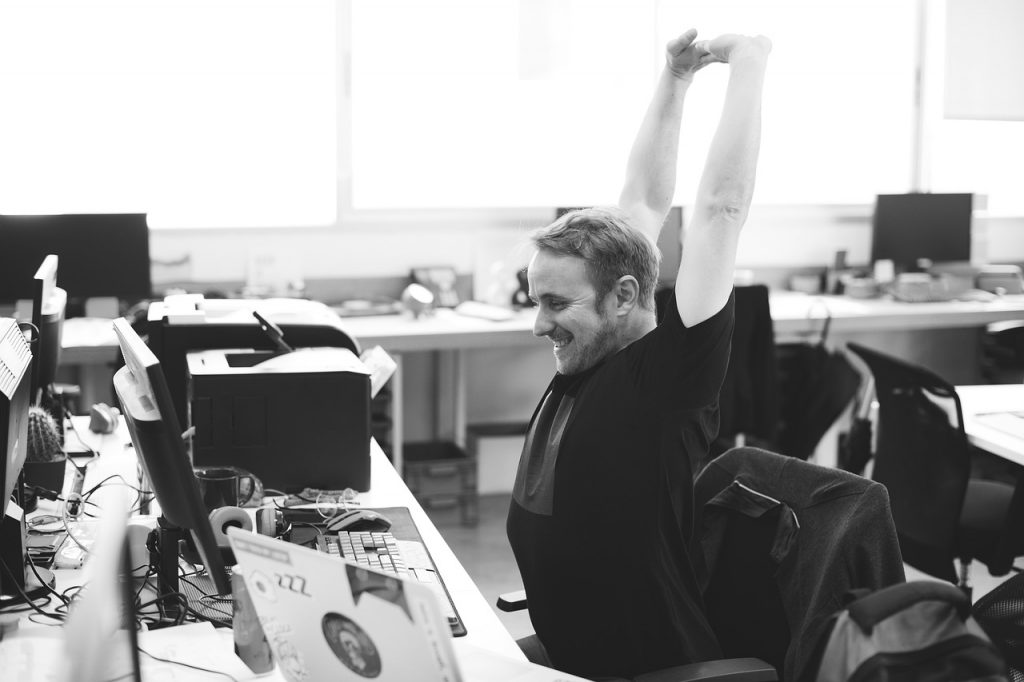Photoshop is one of the most useful tools in a photographer’s arsenal, along with Lightroom. It allows you to manipulate and edit your images in such a way that you can turn a good shot into a brilliant one. But it can also be slow and clunky at times, particularly when working on large files or large batches of images.
These tips will allow you to get more speed out of your editing software, so that the process of getting those landscape photographs is not so long or tedious. Wave goodbye to days of staring at a processing bar and waiting for it to load – this will get you up to speed!
Allocate more memory
The first thing you can do is to look at the amount of memory which is allocated to the program in your settings. The way it works is that a program can only process as quickly as possible when it has as much memory space as it needs. If your program requires more memory than you have given it, then it will take longer to get things done.
In order to change how much memory Photoshop can use, go ahead and open the preferences menu. Here, you will see an option to tweak the performance settings. Within this sub-menu you will find details on how much of your available memory Photoshop is allowed to use – usually set at a default of 70%.
Going as far as 100% can cause problems for some versions of Photoshop, but you probably don’t even need that much. Try increasing it by just 5% and see what kind of difference it makes. If it’s still not enough, go another 5%, and so on.
Performance is often better in the 64-bit version rather than the 32-bit version, so keep this in mind as well. If that goes over your head as being too technical, just stick to playing around with the memory allocation!
Change your cache settings
The cache is where information is stored on files which helps you to display an image quickly. Think of it as a deposit of information which the program can reach into faster than if they had to reload everything from scratch.
Sticking to the same menu as before, take a look at your cache settings. If you usually work with files which are perhaps around 1300 x 1000 pixels or less, and have maybe 50 or more layers, then you’ll want to set your cache levels to 2. If you work with files that are 10 MB or larger, then you should set them to 4 or above.
As for the cache title size, you can set this at 128 K or 1024 K if you have a newer processor. If your processor is quite old, go for 132 K or 1032 K.
In the same section, you will see the option of how many history states to keep. This means how far back you can go if you decide you want to make changes. The fewer states you keep, the less information you need to store on your page file (see below). If you work in a non-destructive way, using layer copies, then you don’t need to keep many history states.
It’s a good idea to play with these settings a bit to see what works for you. There is a little explanation in this settings panel which helps you to remember which each setting does, and which you should choose depending on your usage of Photoshop.
Use an SSD scratch disk
This is about to get quite technical, so hold onto your hats! Now, when a file is very large, or you are working with a lot of files, you’ll notice that you often end up with a slower Photoshop. This is because the information you are creating is too large for the RAM space available (your computer’s Random Access Memory).
So, in order to be able to still carry out the command, Photoshop (or any program) will create a page file to record the data instead. This page file sits on a hard drive, usually the one inside the computer itself. The operating system is also saving date to the page file, which means the hard drive starts to get loaded with a lot of information. On top of that, it’s a slower process to record data onto a hard drive than it is with RAM anyway.
However, there is a way around this which is quicker. You can set a scratch disk in the menu (Preferences > scratch disks) which will allow you to choose a different hard drive. Putting an SSD disk into your computer usually provides a much faster solution. If you only have HDD, this will also work because it will at least allow the primary drive to function better.
If you are changing scratch disks regularly, there is also a shortcut to make this quicker. When launching Photoshop, hit CTRL/CMD + ALT to bring up this option.
You can see how much data Photoshop is placing on your page file by looking at the bottom of your screen when editing. There is an indicator at the bottom here which you can find by pressing the arrow and changing to ‘efficiency’. If you are at 100%, then all the data is in RAM only. If you are at less than 100%, then the percentage of data remaining is going to the page file.
Close extra windows
If you have lots of files open, in separate windows, then you will be using more memory. That’s very simple! So, if your Photoshop is running slow, close any windows you aren’t using. If you are working on a large batch of files, you’d do better to work on each and close it after saving immediately, rather than going through the whole lot and saving them via batch processing.
Remove brushes, patterns, and layer styles
We’ve probably all downloaded or even created various brushes in our time using Photoshop. The same may be true of patterns and layer styles. The problem is that each of these styles clogs up the system a little bit more, and if you hardly ever use them, it’s really not worth keeping them.
Go to the preset manager menu to see all of your patterns and brushes, and so on, and delete them if you don’t use them. You can even reduce the number of fonts you are displaying, particularly if you don’t often work with text, by going to Preferences > type.
Clear out old data
Head to the edit menu and select purge to find a list of data you can get rid of. This includes your ‘undo’ button’s memory, your clipboard, and the history records of your files. All of these types of data will build up to a significant amount of storage, so clearing them out will speed things up.
Do be careful, however – you can’t get this data back after it is gone.
Stop recording clipboard data
If you use the copy and paste functions, you’ll find that copying an image or layer puts a lot of data into your storage. What happens is that Photoshop is storing this data externally so that it can then be pasted into other programs.
But what if you only copy and paste within Photoshop itself? Go to Preferences > general and you will find the options to disable ‘export clipboard’.
Speed up a particular file
If you’re working with one particular file and you find it isn’t loading quickly, then there are some things you can try to make that file go faster. You can:
- Disable the layers, channels, and paths preview images (use the menu button on the panel > panel options)
- Merge down or flatten any layers that you no longer need to adjust
- Work in 8-bit depth (only if you are not working for print or professional colour correction; image > mode)
- Decrease the file size (if you are planning to use on the internet, 3000 pixels is still huge; you could even go down to 2000 pixels on the longest side in most cases)
- Clear out the history and cache data as above in order to remove records for the image you are actually working on
These tips will increase the speed at which you can work in Photoshop to a large degree. If you still aren’t satisfied with your performance, you might consider shooting at a smaller file size or opening fewer images in one batch if this suits your use.
A lot of Photoshop use can come down to common sense – for example, if you are working with very large files to a professional standard, you shouldn’t open a whole bunch of them at the same time. You also shouldn’t have lots of other programs running in the background, as this will reduce the amount of RAM you have available.
However, these tips should work to really speed things up no matter how you generally use Photoshop!





